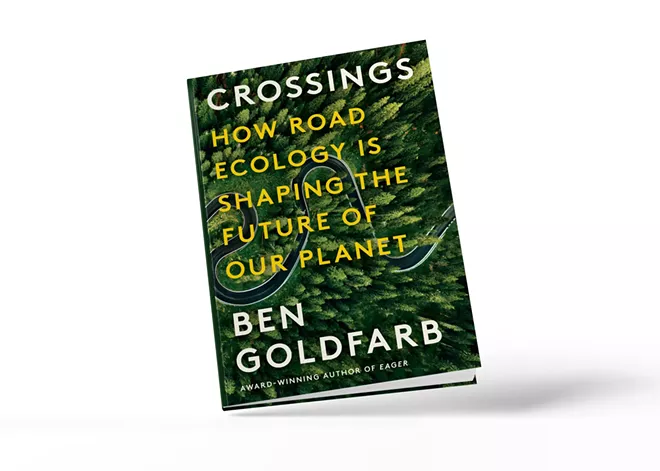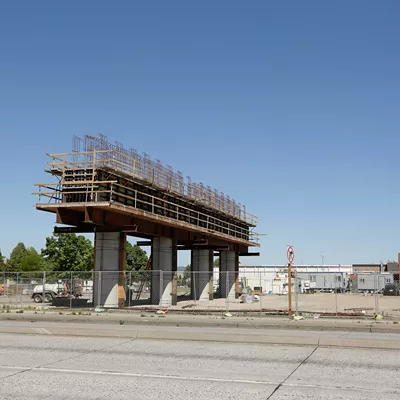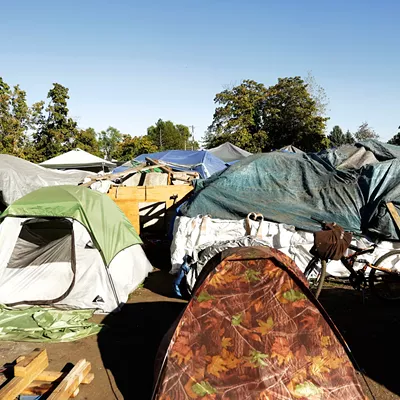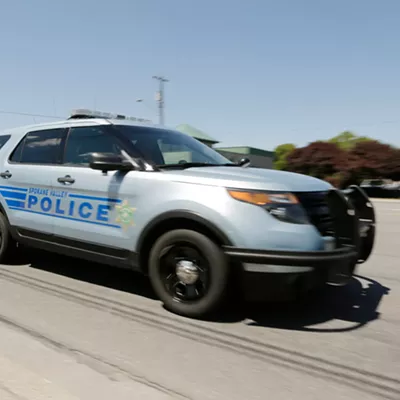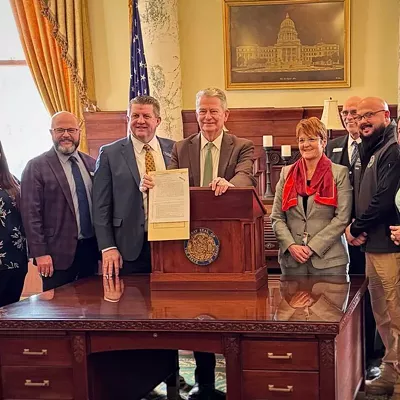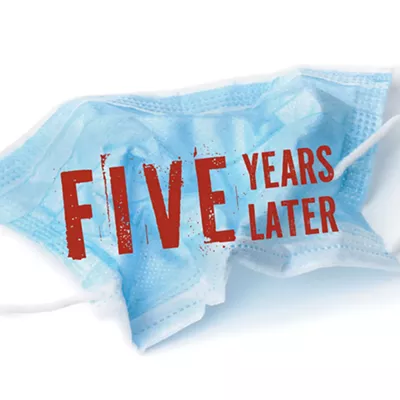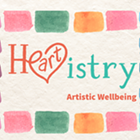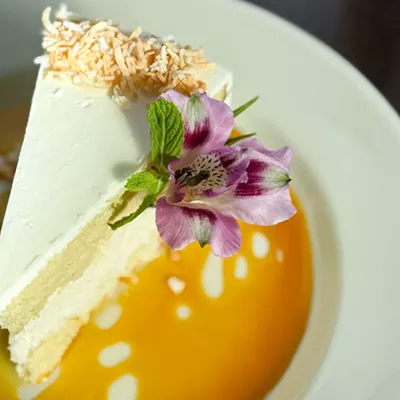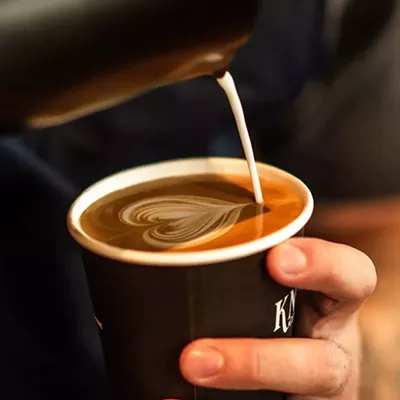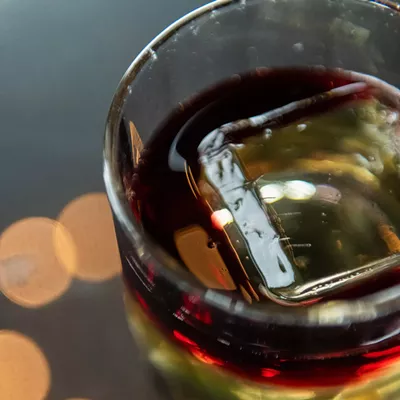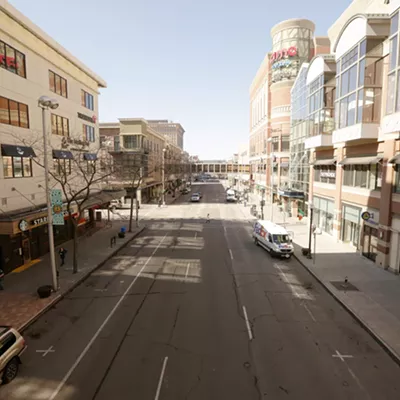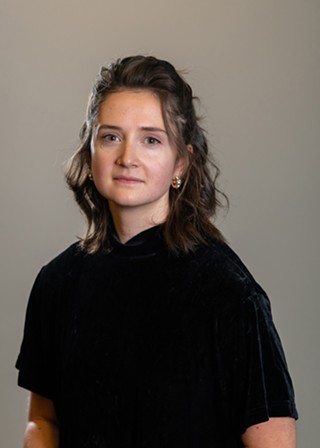Ten years ago, Ben Goldfarb and his wife, Elise, drove through Yellowstone National Park. The fall colors were stunning. They wheeled along, taking in the scenery, when suddenly a pair of ears and a fluffy auburn tail dashed in front of the car. Braking wouldn't have helped. Elise hit the red squirrel, which died instantly and spilled the collection of nuts it carried in its cheeks. Elise was distraught.
The couple stopped and Elise scrambled out of the car. She recovered the squirrel and its food. She carried them to the side of the road, wrapped the limp body around its last meal, and covered it all in a blanket of pine needles. A small memorial, but an important one.
As they drove off, Goldfarb was still disturbed. How could animals in Yellowstone, the most sacred space for wildlife in the U.S., still be in danger of death at human hands?
Fascinated, Goldfarb spent the next decade exploring how roads, our most common means of travel, stop wildlife in its tracks. In his newly released book, Crossings: How Road Ecology is Shaping the Future of Our Planet, Goldfarb writes about the highways and byways that bind us together but rip the natural world apart. He introduces the uninitiated to road ecology, a growing scientific field that studies the effects of roads on the natural world, from noise pollution and habitat loss to direct mortality.
He recounts deadly deer vehicle collisions in Washington, great toad squishings in Costa Rica, and crazed cougars in the Santa Monica Mountains driven to incest by U.S. Route 101. He reveals how walls of traffic stunt ancient migration patterns.
But that same road trip with Elise offered Goldfarb his first chance to witness a wildlife overpass — a large bridge that deer, squirrels, bears and pollinators can use to cross the road, going over cars instead of under them. As the world gets paved over, Goldfarb finds people building a new way forward. From grand grizzly overpasses to tiny salamander tunnels, empathetic infrastructure can free both humans and animals.
Though his research took him across the globe, Goldfarb did much of his research and wrote most of the book while he lived in Spokane. (He moved to Colorado a year ago.) Restricted travel during pandemic years meant that he frequently scoured the Inland Northwest for inspiration.
As I drive to Mount Spokane State Park at dusk, I see the telltale yellow road sign warning me that deer crossings are common on the next strip of road. Just past it, the speed limit sign tells me I could push my Ford Fiesta to 45 mph.
As State Route 206 winds up Mount Spokane, I usually start getting anxious that I'm annoying the car behind me by going too slow, or thinking about where to hike, or wondering if I forgot my Discover pass, or getting annoyed by the person in front of me going too slow.
But this time, I start thinking about the animals hiding in the trees beside me, watching a long, intermittent line of vehicles tromp through each day. I think about that red squirrel. I came here to enjoy nature, but am I instead putting it at risk?
To be sure, Goldfarb is not anti-driving. I interviewed Goldfarb when he was stuck in traffic between Portland to Olympia. He knows that sometimes a car is the rational decision. He knows that Fahrvergnügen, the unique love for and pleasure from driving, is powerful. Crossings is not about shaming individuals. But it asks us to look at the conditions we've built for ourselves and consider more than just how it affects us.
Although, if the human toll of fast cars and crowded intersections doesn't convince us to change, maybe nothing will. Along roadways of any size, white crosses memorialize too many untimely deaths of loved ones. If that doesn't slow our roll, surely squirrel guts won't do a thing.
And yet, as Goldfarb tours his new book around the country, people everywhere have roadkill stories they're thankful to get off their chest. He listens "like a Catholic priest taking confession" to stories of owls squashed and deer silenced. We zip around so unaware of our impact on the world that when we're confronted with the death we wield, we don't know where to turn.
I get out of my car and walk along the main road up Mount Spokane. I'm scanning the thin shoulder for carcasses. I'm curious how many rodents, reptiles, birds and insects have lost their lives at the hands of drivers headed up for the sunset.
My question is unanswered. I don't see anything. After 30 minutes of walking, the only creature I see on the road is a grasshopper, which flies into my face and slams into my cheek, but we both end up OK. Plenty of cars stream past on my left, probably annoyed that I'm on the road.
Fifty feet from the pavement, a deer peers at me through the trees. After a few seconds of eye contact, it hightails it back into the forest, more scared of me than the yellow Corvette that just cruised past.
If the human toll of fast cars and crowded intersections doesn't convince us to change, maybe nothing will.
It could be that the mountain has become accustomed to the road, and animals no longer try to cross it. Or maybe, drivers are careful enough to stop for every snake, mouse and quail. But after reading Goldfarb, I'm less convinced. I wonder if the road is so well maintained, so carefully cleaned, that any evidence of the destruction we cause is swept away, out of sight and out of mind. I wonder how many white crosses might appear if we memorialized each body claimed by this road. I don't think we're better off forgetting.
I think of Elise remembering the red squirrel with a simple pile of pine boughs. Then I see Goldfarb repopulating our roadsides with tiny memorials, asking us to remember the toll of our handiwork, and wondering if we have the will, or desire, to do better.♦

